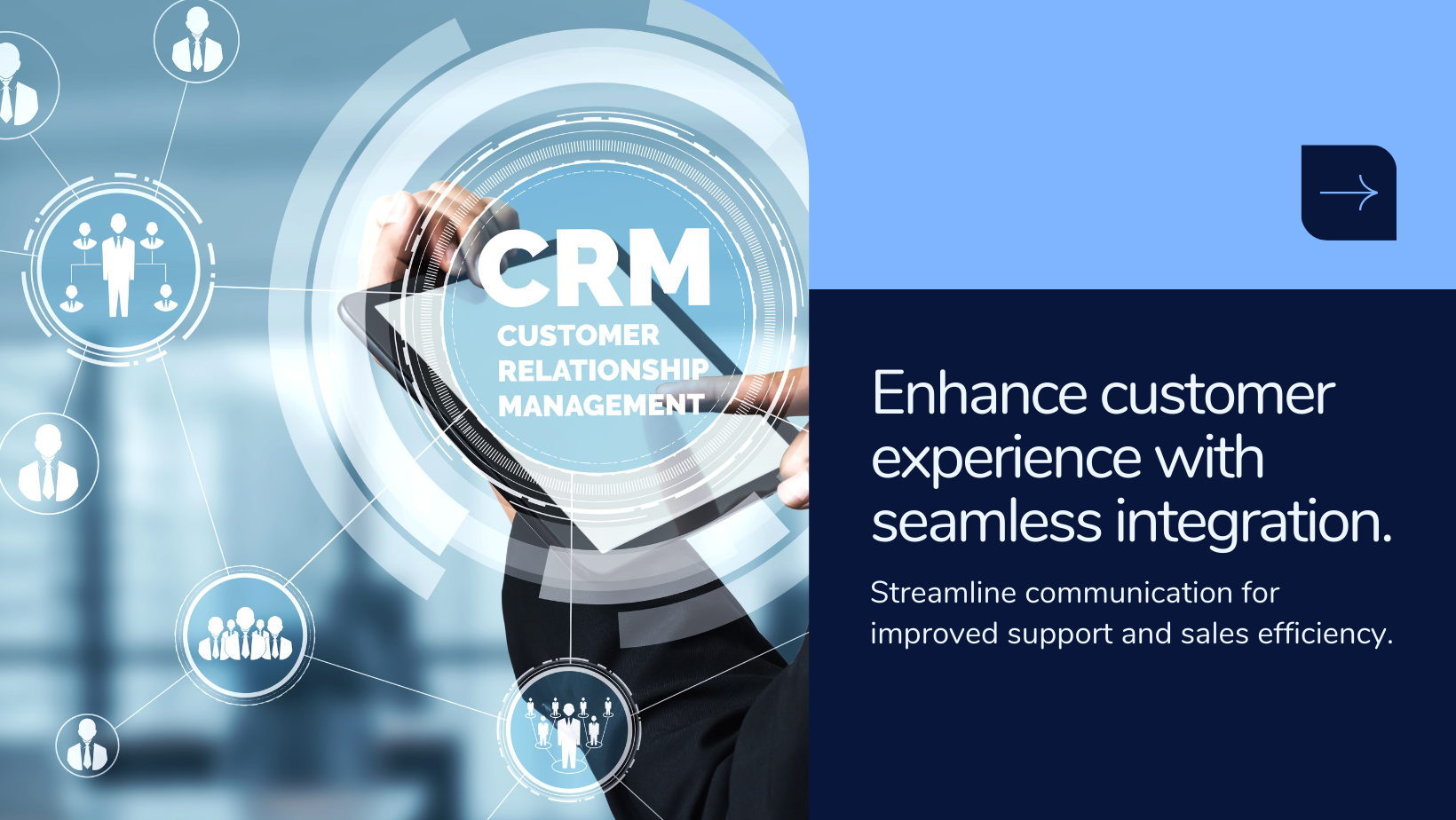Unlocking Success: Best Practices for Creating a Complete Picture of Your Product for D2C Brands in India

In the digital era, D2C (Direct-to-Consumer) brands are revolutionizing the way products are marketed and sold to consumers. These brands have a direct relationship with their customers and collect data from various sources to understand their behavior and preferences.

However, the challenge lies in integrating this data from multiple sources to create a 360-degree view of the product.
In this blog post, we will discuss the best practices for integrating data from multiple sources to create a comprehensive view of a product for D2C brands in India.
Table of Contents:
Importance of a 360-degree view of a product for D2C brands
Identify and prioritize data sources
Use a data management platform (DMP)
Data cleansing and normalization
Analyze data and extract insights
Ensure data security and privacy
Conclusion
Importance of a 360-degree view of a product for D2C brands
A 360-degree view of a product means having a complete understanding of all the factors that influence a customer's purchase decision. It includes data on customer behavior, sales channels, advertising channels, marketing channels, sellers, competitions, and location.
With this information, D2C brands can create targeted marketing campaigns and improve their products to meet customer demands. It also helps in identifying new market opportunities and potential competitors.
Identify and prioritize data sources
D2C brands collect data from various sources such as social media, website analytics, CRM, sales data, and market research. However, not all data sources are equally important. D2C brands should identify the most relevant data sources and prioritize them based on their business goals.
For example, a brand that sells fashion products should prioritize data from social media platforms such as Instagram and Pinterest, where customers often share their fashion preferences.
Use a data management platform (DMP)
A DMP is a software platform that collects, organizes, and analyzes data from multiple sources. It allows D2C brands to create a unified customer profile by combining data from various sources.

DMPs can also help in identifying new customer segments and creating targeted marketing campaigns.
Data cleansing and normalization
Data from multiple sources can be inconsistent and messy. D2C brands should invest in data cleansing and normalization to ensure the accuracy and consistency of their data. This involves removing duplicate data, correcting errors, and standardizing data formats. Data cleansing and normalization can improve the quality of insights derived from data analysis.
Analyze data and extract insights
Once the data is cleaned and normalized, D2C brands can analyze it to extract insights. This involves using data analytics tools such as dashboards and visualizations to identify patterns and trends. It can help in understanding customer behavior, identifying new market opportunities, and improving product features.
Ensure data security and privacy
Data security and privacy are critical for any business that collects customer data.

D2C brands must ensure that the data they collect is secure and compliant with data protection laws such as GDPR and CCPA. This includes implementing data encryption, access controls, and data retention policies.
Conclusion
Integrating data from multiple sources to create a 360-degree view of a product is crucial for D2C brands to stay competitive in the market. By following best practices such as identifying relevant data sources, using a data management platform, data cleansing and normalization, and analyzing data, D2C brands can create targeted marketing campaigns and improve their products to meet customer demands.
It is also essential to ensure data security and privacy to maintain customer trust and comply with data protection laws. By implementing these best practices, D2C brands can gain a competitive edge in the market and drive business growth.
FAQs
1. What are the benefits of collecting and analyzing data for D2C brands?
Answer: Collecting and analyzing data can help D2C brands better understand their customers, sales channels, advertising channels, marketing channels, sellers, competitions, and location. This information can be used to make data-driven decisions that increase sales, improve customer engagement, and boost brand loyalty.
2. How do I collect data on customer behavior?
Answer: You can collect data on customer behavior by using analytics tools on your website and social media platforms, conducting surveys, and analyzing customer feedback.
3. What is the best way to analyze data on sales channels?
Answer: The best way to analyze data on sales channels is to use a customer relationship management (CRM) system that tracks sales data from different channels and generates reports.
4. How can I measure the effectiveness of my advertising channels?
Answer: You can measure the effectiveness of your advertising channels by tracking metrics such as click-through rates, conversion rates, and return on investment (ROI).
5. What are the best marketing channels for D2C brands in India?
Answer: The best marketing channels for D2C brands in India will vary depending on the product and target audience. Some popular marketing channels include social media, email marketing, and influencer marketing.
6. How can I analyze data on competitors?
Answer: You can analyze data on competitors by conducting market research, tracking their social media activity and advertising campaigns, and analyzing their pricing and product offerings.
7. How do I collect data on seller performance?
Answer: You can collect data on seller performance by tracking metrics such as sales volume, customer ratings, and product reviews.
8. What is the importance of analyzing location data for D2C brands?
Answer: Analyzing location data can help D2C brands identify trends in customer behavior and preferences across different regions, which can be used to optimize marketing strategies and product offerings.
9. What tools can I use to collect and analyze data for my D2C brand?
Answer: There are several tools available for collecting and analyzing data, such as Google Analytics, CRM systems, social media analytics tools, and market research platforms.
10. How do I ensure the privacy and security of customer data?
Answer: To ensure the privacy and security of customer data, it is important to comply with data protection regulations and use secure data storage and processing practices. You can also implement measures such as encryption, access controls, and regular data backups.




